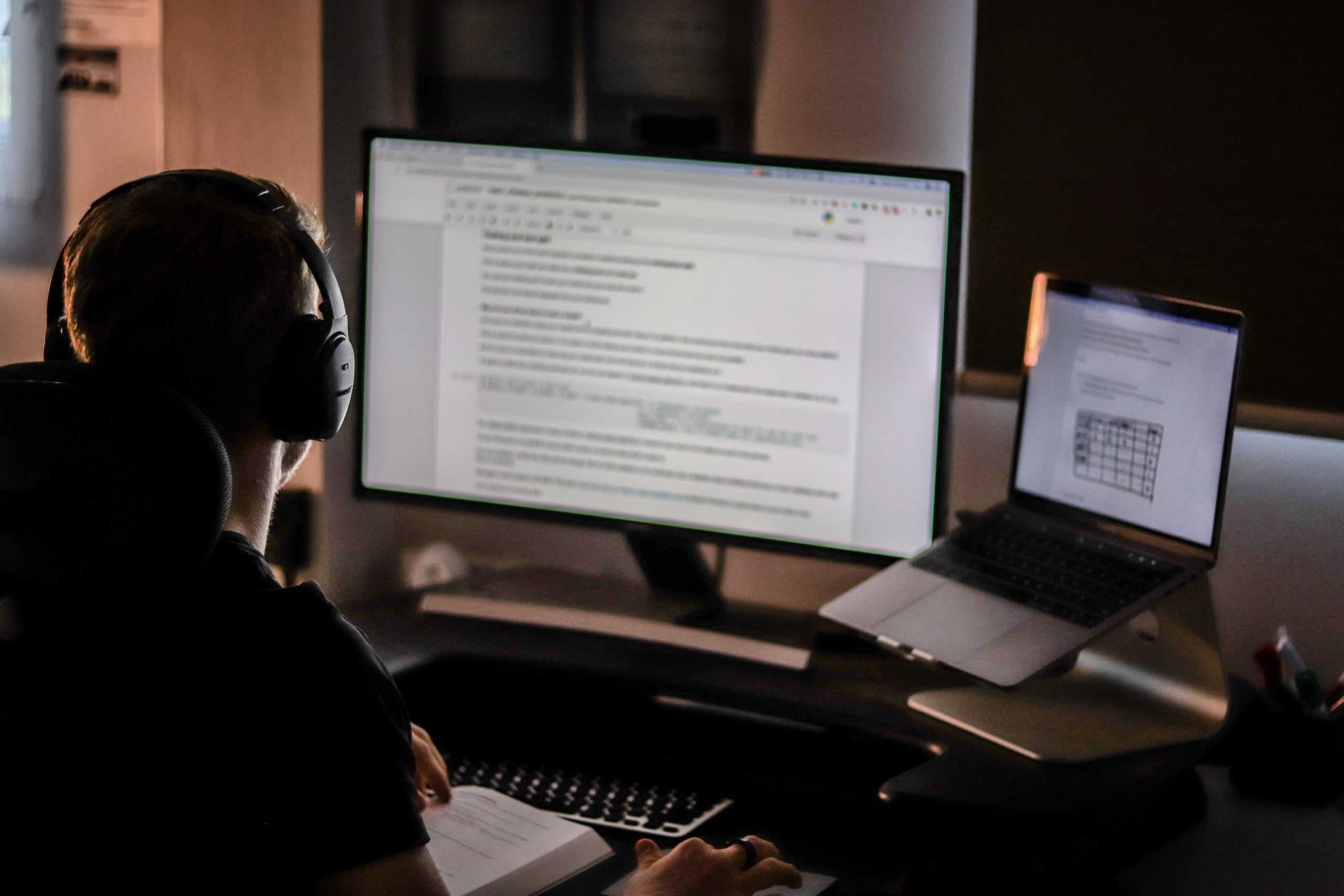How Translators Use and Revise Machine Translations
This article is a collaboration with Day Translations. Human translations and machine translations have been interlinked for years and not at the opposite ends of a spectrum. Machines will not replace human translators but have their specific function.
Machine translations can provide an element of efficiency when delivering a document, however the human revision of the text is an absolutely essential factor to ensure that the language sounds natural, it recreates the correct variety of terms and expressions and is faithful to the original meaning and intention.
What Machine Translations Do
Machine Translations are automated, computer-generated translations. Human translators often use translation software such as SDL Trados Studio, ProZ, memoQ and Memsource: these tools connect to machine translation and offer a range of translation management functions such as editing and adding terms.
Machine Translations tend to adhere more closely to the original text and produce shorter, simpler sentences.
They aid the work of human translators because they process a large amount of data and offer a draft version of a translation that can be edited, instead of having to translate from scratch. The output is immediate, versus the effort of typing manually.
Advantages of Machine Translations
There are advantages in using Machine Translations, mostly because they offer a ready made selection of translated content, thus saving typing time. They process information in bulk and for low priority content such internal communications do an adequate job.
What Machine Translations are good at is to reproduce the same standard text, for example lists of ingredients. This type of repetitive work is better allocated to automated software.
Machine Translations are a good fit for subtitles because of the speed of the output. As long as the spoken communication is not technical or of a sensitive nature, the unedited automated translation is enough to convey the overall meaning.
Disadvantages of Machine Translations
Because they draw from a database of terms and prepared sentences, Machine Translations reproduce the same content unless more data is added, but even then the text has to be put into the right context.
One of the main disadvantages of Machine Translations is that, without the constant input from human translators, the translated text in the target language will sound stale and not up to date. There is no guarantee that the automated text is good enough to be submitted for approval. The text may contain inaccuracies because it lacks the ability to choose the correct meaning when a word can have multiple meanings and the personal knowledge that a professional translator has of a specific industry or topic.
The quality of the translated text that a machine generates derives from the human intervention and it is the human element that can add tweaks and improvements to increase the precision of the translation output.
Adaptive Technology
Machine Translations are not static but are constantly evolving thanks to adaptive technology such as neural machine translation and artificial intelligence that contribute to their fine-tuning.
Neural machine translation is based on encoding to read through the source material and a decoder to produce the translated text.
Artificial intelligence has the potential to translate the meaning or intention of the text. It selects and prioritises meaning based on a number of choices and sets of rules. However, human intervention is still required to add real-time editing and to perform a quality assessment of the translated output.
How Translators Revise Text from Machine Translations
Also known as post-editing, the revision of text from Machine Translators includes restructuring sentences and substituting terms to convey the correct meaning.
Once the software has processed the bulk of the text, the real work begins.
The work of human translators is to meticulously go through the text, changing sections of the document as needed, replacing expressions and improving the readability. Human translators bring added value as they understand the intention from the source text and can make corrections, therefore preventing any form of misunderstanding. These corrections are stored in the software for future use. The role of professional translation is vital to resolve issues such as when a translated text leads to too many interpretations, making its meaning unclear and in the worst case scenario the consequences can lead to errors and liabilities.
Revising automated text for any type of creative document requires the right attention to detail and the ability to reproduce all the nuances from the original text correctly. Human translators can select the right tone of voice to match the source.
Confidential documents and other materials that are of high value to an organisation categorically require human input to correct errors.
Accuracy will always be the key factor that gives human translators the edge.
Day Translations provides accurate translations to international clients from a pool of professional translators.
